You know that feeling when you wake up with a scratchy throat, a bit of a runny nose, and you think, “Is this it… is it happening again?” Honestly, I’m right there with you. It’s fall in the Bay Area, and suddenly everyone seems to know someone who’s tested positive for something—sometimes it’s that classic COVID, but this time, it might be Nimbus or Stratus in the mix. I get it: it’s confusing, stressful, and a little… exhausting. So, let’s dive into what makes these new variants, and especially the symptoms, stand out—and how you can keep yourself (and honestly your sanity) in check with the covid nimbus symptoms chart.
Forget complicated jargon or “official” tone for a second—this is just a friend helping you understand how to tell apart a regular Monday from maybe needing to take a test or grab some extra tissues and tea.
Meet Nimbus and Stratus: Why All Eyes Are on Throats
Let’s start with the big picture, because wow, the names alone sound pretty dramatic, right? Nimbus. Stratus. If you’re picturing storm clouds, you’re not alone. Scientists have actually given these new COVID subvariants some very weather-y nicknames—but the symptoms, especially for Nimbus, are even more memorable.
Nimbus (yep, that’s NB.1.8.1 in doctor speak) showed up on the world’s radar earlier this year. First popping up in Asia, it’s now spreading across the U.S., including right here in California[1]. It’s related to Omicron, but it’s found ways to hop from person to person even faster—really loves a crowd, apparently.
Stratus (also called XFG)? It’s a cousin, also from the Omicron family, and honestly a little quieter, but still kind of sneaky: it spreads fast and can mess with your voice. Catching them early is less about panic, more about being smart… sort of like spotting the first dark clouds before the rain really pours.
So… How Are These “Storm Clouds” Any Different?
It all comes down to the symptoms. Most COVID variants share that basic profile: cough, fever, congestion, maybe body aches. Been there. Done that. Countless rapid tests later, though, Nimbus has added something special (and not in a good way): people describe a throat pain that’s honestly hard to ignore. “Razor blade throat” is the phrase that keeps coming up. I heard it first from a friend in Oakland who said it felt like she was swallowing glass every time she gulped her morning coffee. Ouch.
Stratus, meanwhile, is low-key but distinctive—think more hoarse or croaky voice, with some lingering fatigue. Almost like you went to a concert and lost your voice singing along, but you woke up that way for no good reason.
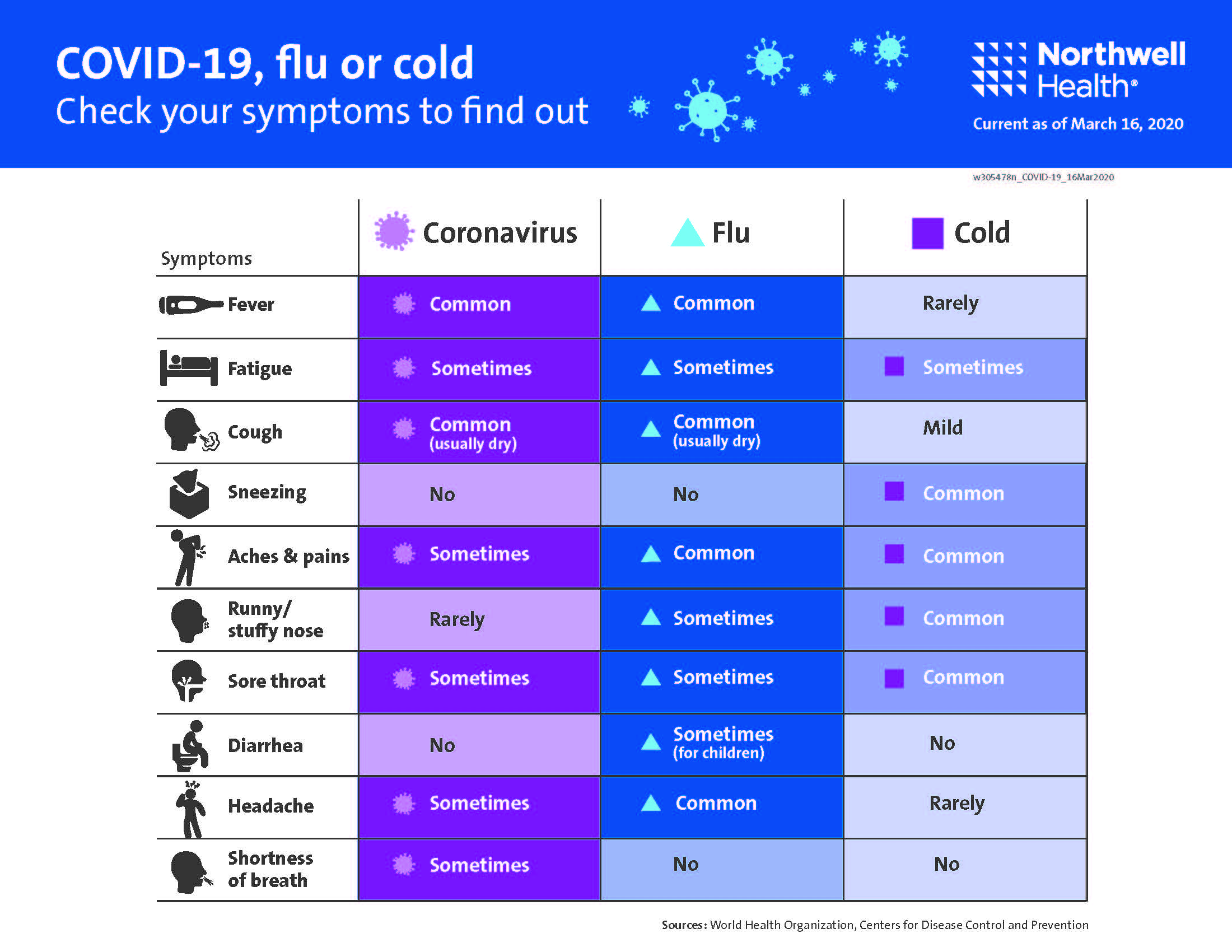
Okay, But What’s Actually on the Chart?
To keep things clear, here’s a quick table so you can see at a glance how these symptoms line up. (Because, let’s be real, nobody wants to scroll through a list when their head feels foggy!)
| Symptom | Nimbus | Stratus |
|---|---|---|
| Razor-blade sore throat | Yes, common and intense | Sometimes, but usually milder (more hoarseness) |
| Fatigue/loss of energy | Frequent, can linger days | Frequent, can linger days |
| Fever | May be mild or skipped | Mild; sometimes absent |
| Cough | Mild, sometimes dry | Persistent and sometimes painful |
| Congestion/runny nose | Very common | Very common |
| Headache, aches | Off and on, varies | More frequent than before |
| Digestive stuff (nausea) | Possible, not always | Rare |
| Hoarse/croaky voice | Rare, unless serious throat pain | Pretty common |
For an even more detailed breakdown—seriously, down to the “do I call my boss or my doctor?” level—the covid nimbus symptoms chart is worth a look. It’s updated with what docs are seeing in real time and answers those “is it just allergies or…?” questions we all hate.
The Symptom Timeline: When to Worry, When to Wait
Let’s talk about incubation—basically, how long from the brief, fateful handshake (or, let’s be honest, shared snack bowl) until you feel rough. Both Nimbus and Stratus tend to get moving quickly, with symptoms popping up 2-4 days after you’re exposed. Sometimes, you’ll feel “off” as soon as the next morning. That throat pain, if it’s coming, does not take long to crash the party[3][8].
I remember last month, my neighbor told me she woke up after a dinner out—and by lunchtime she was convinced she had swallowed a pinecone. (Spoiler: she checked the chart, saw her signs matched Nimbus, and tested positive.)
What Shows Up First?
Usually it’s that run-down “just let me nap” feeling, paired with a little congestion or a runny nose. Then, if you’re unlucky, the sore throat comes screaming in a day or two later. Sometimes there’s a cough, sometimes a light fever. Not everyone will tick every box. Some people? They swear by the “razor blade” feeling as the one sign you just can’t ignore.
Have You Noticed…?
Have you ever had a cold where you lost your voice, but felt fine otherwise? For Stratus, hoarseness is popping up more often—it’s almost like your body’s trying to warn you, “hey, this isn’t your regular winter bug.”[2][8] If your usual home remedies aren’t touching your symptoms, that could be a sign it’s time to test.
Want a weird one? Mild eye irritation or “my eyes just feel tired”—yep, that’s popping up for some with Nimbus[7]. Even if you’re just feeling… blah, it’s never a bad idea to check the chart so you don’t accidentally play “How Did I Miss That?” later.
Personal Stories to Make It Real
This summer, I got a message from a college friend—let’s call her Jen—who works as a nurse. She wrote, “I can handle kids throwing up on me daily, but this? This is like swallowing a porcupine. Every swallow hurts—water, tea, doesn’t matter.” She’d never had strep, but swore if this wasn’t it, she was going to eat her nurse’s badge. Turns out she had classic Nimbus, with a solid side of fatigue and a low-grade fever. She isolated, survived on ice chips and Netflix, and was back at work a week later. (No badge eating required.)
Another pal had Stratus—less drama, but he sounded like Louis Armstrong for a week. He never lost taste or smell, but the voice went, paired with a lingering tiredness he couldn’t shake. Good news: neither had any serious issues, and both recovered with lots of fluids, rest, and… a little complaining. (Honestly, venting helps just as much as honey tea!)
So… Is It Worse Than Before?
Honestly? Not usually. According to research on the new Nimbus variant and global data tracking, these symptoms are super annoying, but not usually more dangerous than what we’ve seen before. Vaccines—and especially boosters—still help prevent the worst cases[1][3][7]. For most people, it’s a rough (and memorable) week in pajamas, some time away from friends and the gym, but no ER visit needed.
If anything, the main “new” thing is how quickly it can spread—so one sore throat at the dinner table becomes three in a few days. (Remember last time someone said “it’s just allergies”… were they ever right?)
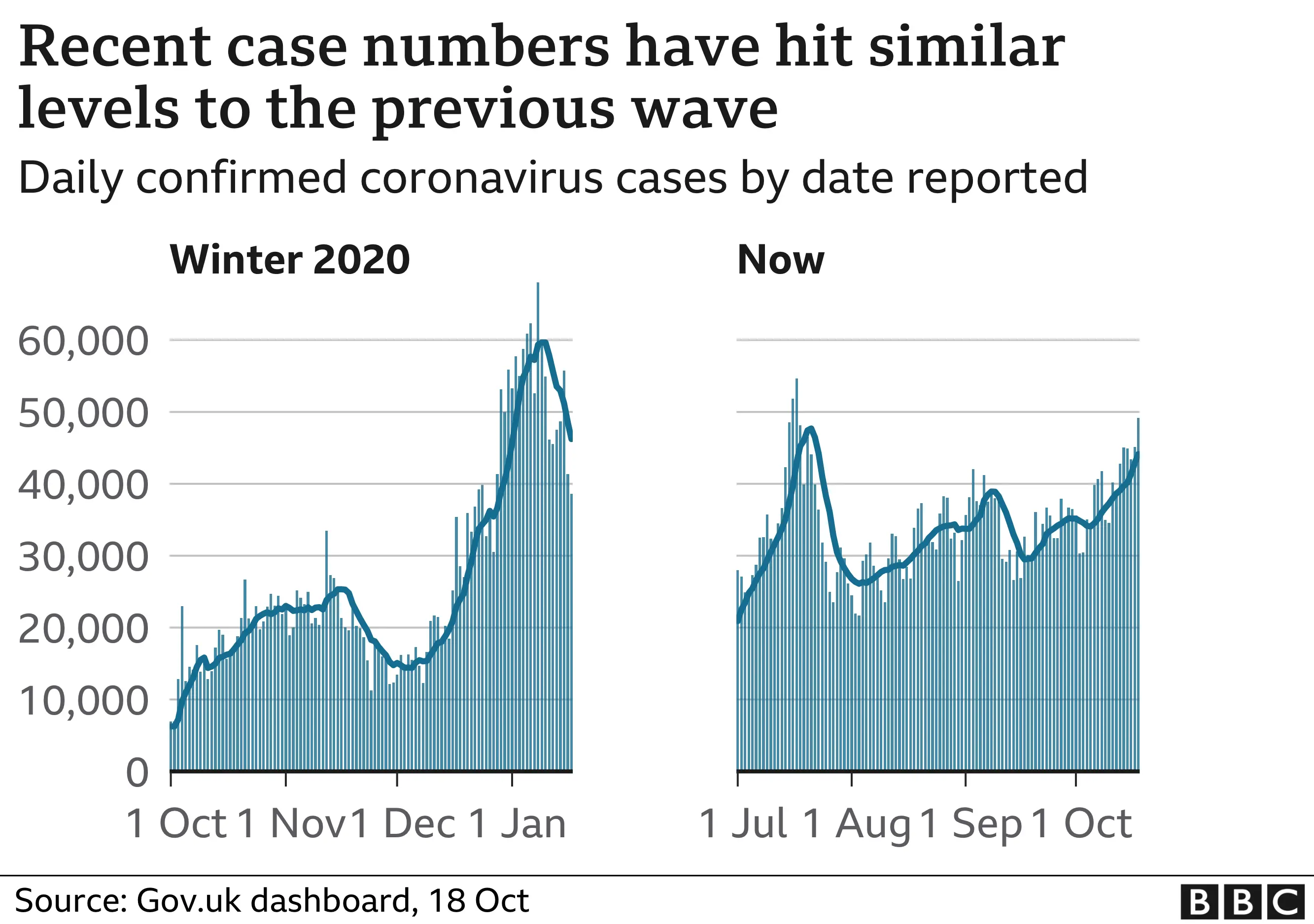
Testing, Recovery, and Stuff People Forget
If you’re thinking, “should I bother testing?”—the answer is yes, if you tick more than one box on the covid nimbus symptoms chart or the Covid Stratus symptoms guide. That way, you’re not accidentally spreading stormy weather at work or to grandma next weekend[9].
How Long Will It Last?
Most folks recover in about 5-10 days[2]. That “razor blade” throat or croaky voice is often the last thing to disappear. If you’re counting days, just know that after 24 symptom-free hours without fever, most experts say you’re probably safe to see people again—but always give it another day or two if you’re still coughing up a storm.
Real Talk: Easing the Ache
Super scientific home remedies I swear by: cold drinks, ice chips, honey (straight or in tea), and, weirdly, an old popsicle. Some friends swear saltwater gargles are the secret weapon against Nimbus soreness. If you’re losing your voice (the Stratus signature), try steam from a hot shower, and do not whisper—it actually strains your vocal cords more!
Lesser-Known Facts and Who Should Watch Extra Closely
Little things can get overlooked: eye aches, body chills, or mild nausea are all valid—especially with Nimbus. There’s also a fun fact (well, maybe not fun): some research shows midlife women have stronger symptoms with Nimbus/Stratus[7][8]. Not fair, but at least we know what to look for.
If you’re immunocompromised, pregnant, or just feeling super wiped out, don’t tough it out alone. Docs are seeing people rebound faster when they rest early, hydrate like it’s their job, and ask for help when things feel off. Check covid nimbus symptoms chart for details or talk to your doc—you deserve all the backup.
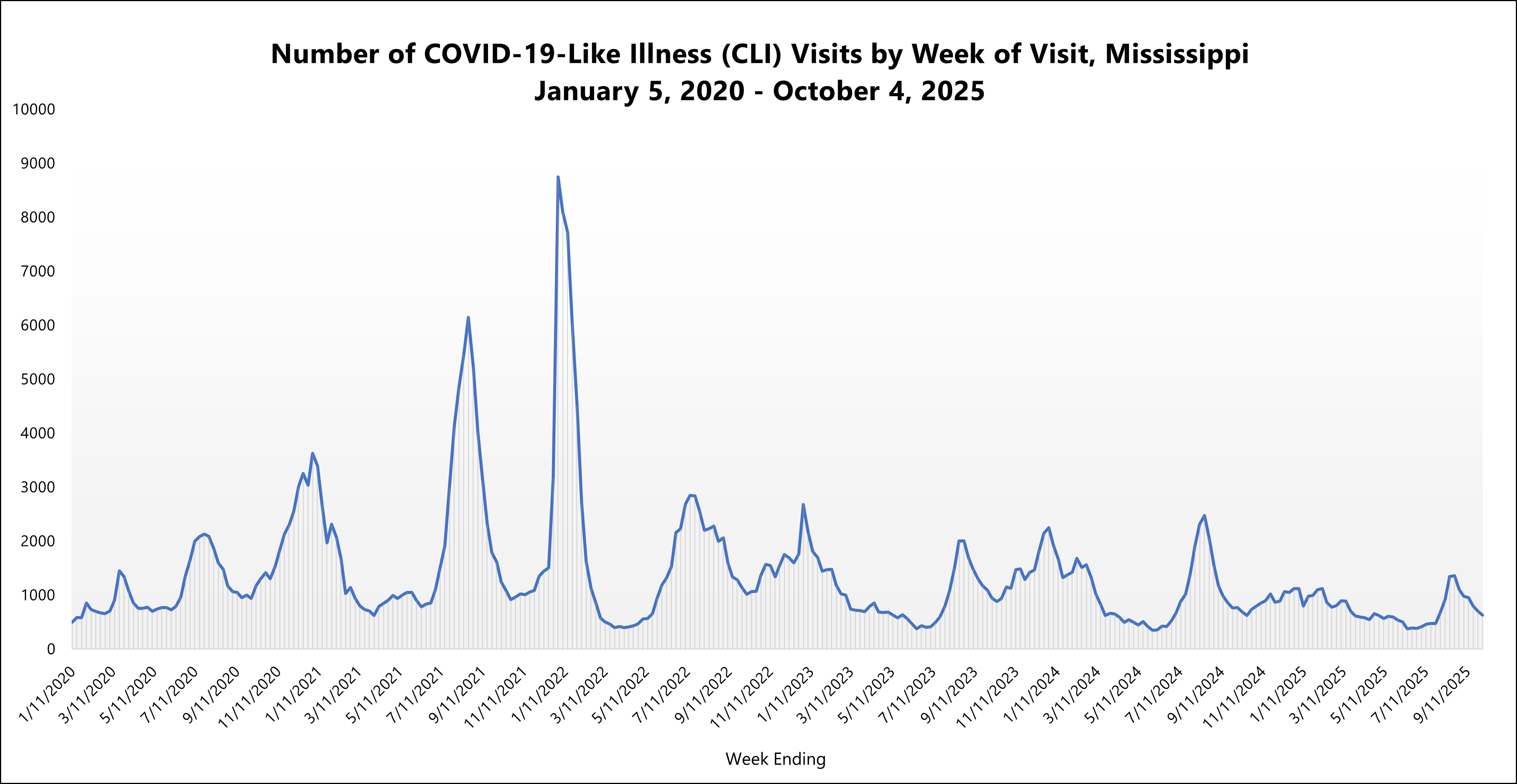
Key Takeaways: Stay Light, Stay Smart
Here’s what I keep telling myself: catching it early doesn’t mean living in fear. It’s about picking up on those tiny signals (like a throat that suddenly feels like sandpaper), being kind to yourself, and helping others do the same. So, next time someone says “Is this just allergies?”—ask them about their throat instead.
If you’re checking the chart and finding a match with “razer blade” pain or a vanishing voice, maybe it’s not a fluke. Don’t wait—grab a test, check Covid Stratus symptoms for more insight, and give yourself permission to rest. Worst case? You get a few extra days in comfy pants. Best case: you dodge spreading it to friends or family, and you’re back in the park—or the gym—before you know it.
I’d love to hear if these charts have helped you, or if you’ve had your own “yikes, that’s not normal” experience this year. We’re still weathering a storm—but at least we’re in it together, right? Here’s to clearer skies (and less drama in our throats). Stay safe, stay informed, and, seriously—don’t be afraid to reach out the minute something feels stormy.

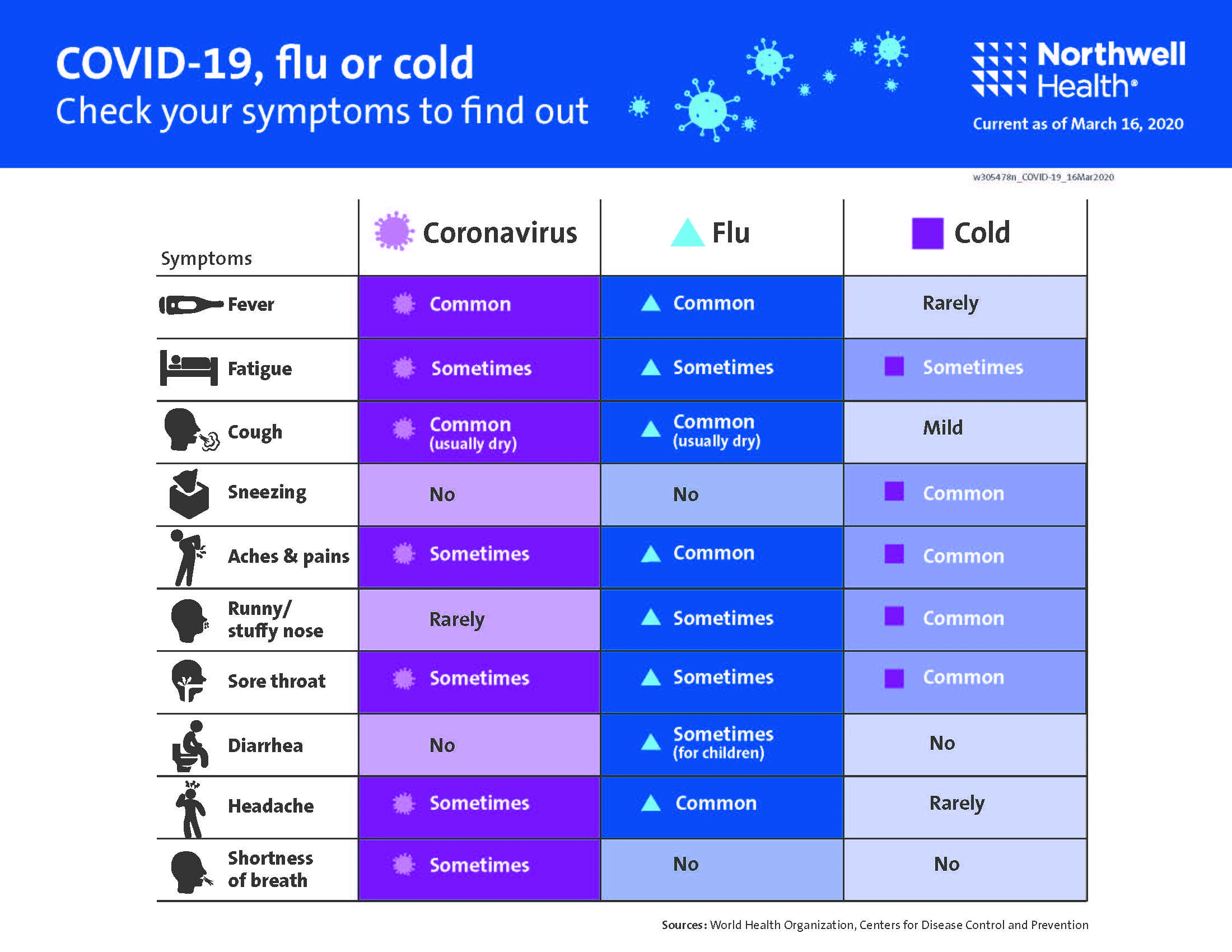

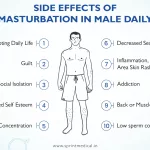














Leave a Reply
You must be logged in to post a comment.